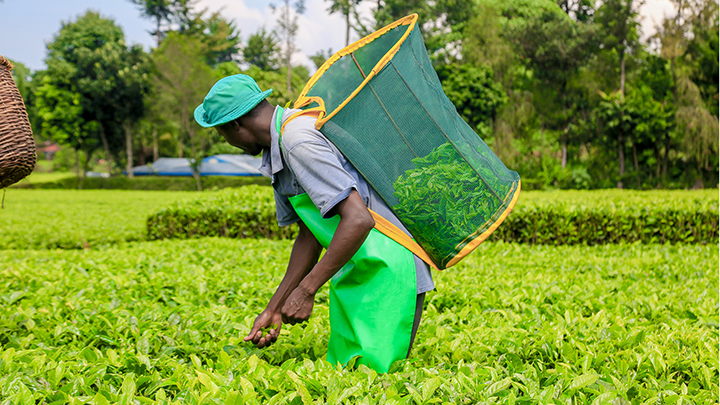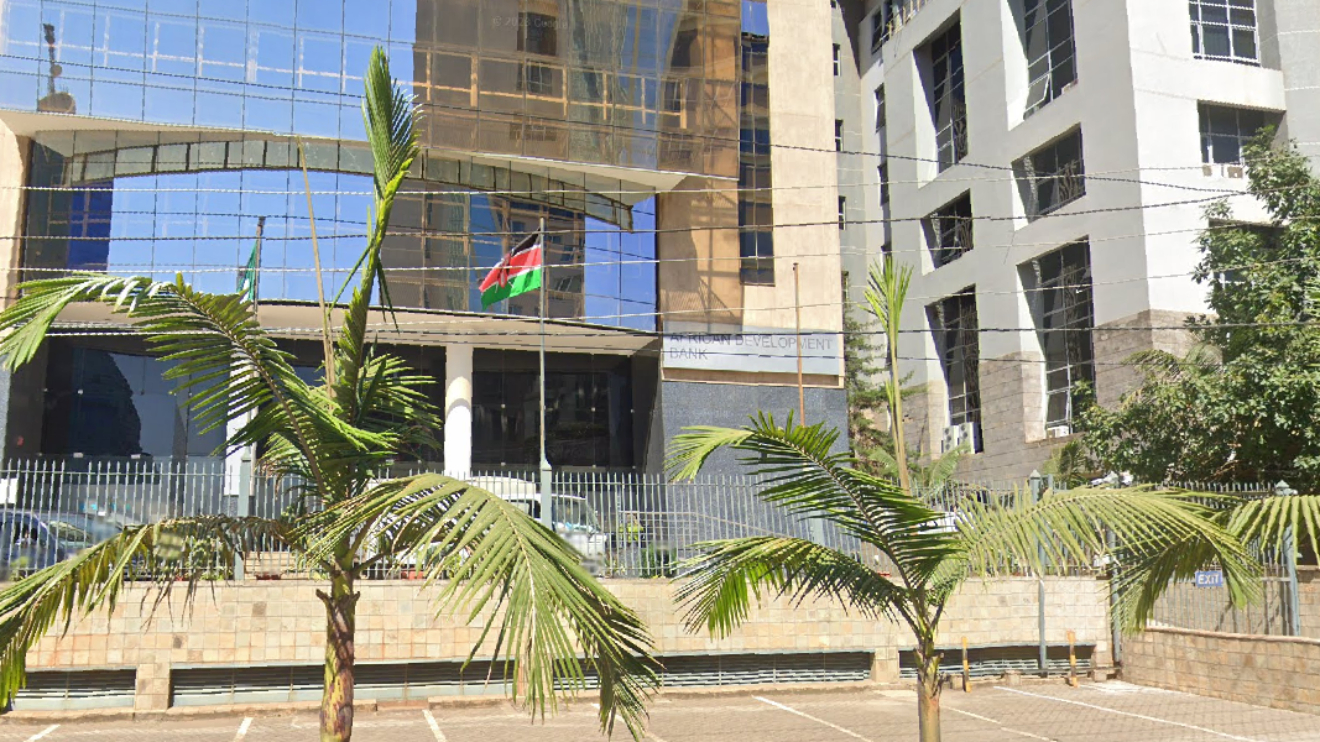The continued high production of tea and global oversupply have dipped average tea prices for factories managed by Kenya Tea Development Agency (KTDA) dip to USD2.22 in the nine months to March, signifying a 12 per cent drop.
The average price dropped from USD2.52 for a similar period in the previous financial year as tea production dropped by 8.6 per cent.
According to data shared by KTDA, the factories allied to the agency processed 218.9 million kilos of tea during the period compared to 239.6 million kilos a year before that.
Despite the price drop, KTDA prices over the same period have been 17 per cent above the average price at the Mombasa auction for all teas, which averaged USD1.90.
KTDA and other regional tea producers have been dealing with poor prices over the last three years as global oversupply, high production and weakening of economies in key market countries exerted pressure on the lucrative trade.
Read More
“Despite the slight decrease in production, the teas stuck in the global supply chain are still quite high and these are having an adverse effect on pricing, not just in Kenya but also other tea auctions around the world,” said KTDA Management Services MD Alfred Njagi.
At the same time, the Agriculture and Food Authority (AFA) has cited the Covid-19 pandemic as a major contributing factor to the continued price depression globally.
“Demand has also been affected to some extent by reduced consumer purchasing power due to the effect of the global economic recession that is perpetuated by the Covid-19 pandemic as well as devaluation of some foreign currencies against the US Dollar,” said AFA in its Tea Industry performance report for February.
AFA noted that the huge stocks and high production continued to impact on prices but expressed optimism the amount of tea coming from factories will ease up this year.
“Notably, since the weather patterns expected this year may differ from that of last year, lower production trend recorded in the first two months is likely to continue throughout the rest of the year,” AFA added.
The favourable SH-USD exchange rate is expected to give tea farmers some form of reprieve with the Kenya Shilling exchanging for an average of Sh109.05 to the US Dollar in the 9 months compared to Sh102.62 a year earlier.
Tea exports are made in USD hence a weaker exchange rate will give farmers more shillings per dollar.
KTDA has credited favorable weather conditions during the period and rapid expansion of tea farms over the years for the high tea production in Kenya.
According to data from the Kenya National Bureau of Statistics 2020, acreage by smallholder farmers across Kenya, including those who deliver to KTDA-managed factories, has been increasing, and stood at 163,000 hectares (2019), up from 141,800 hectares (2018), leading to the rise in tea volumes in the market.
In the 2019-2020 financial year, smallholder farmers under KTDA produced 1.454 billion kilos of green leaf, up from 1.13 billion kilos in the 2018-2019 financial year, representing a 22 per cent production growth.
KTDA continues to intensify its efforts in reducing the effects of this price drop by improving operational efficiencies to curb costs through a number of initiatives.
KTDA says it has adopted small hydropower stations for cheaper power, diversified to orthodox teas to reduce reliance on Black CTC teas, and trained farmers on financial literacy, income diversification, and management to improve their earnings.




 shares a light moment with the company's Group CEO Dr Patrick Tumbo (right) at a past event-1758121528.jpeg)
-1758116028.jpeg)

